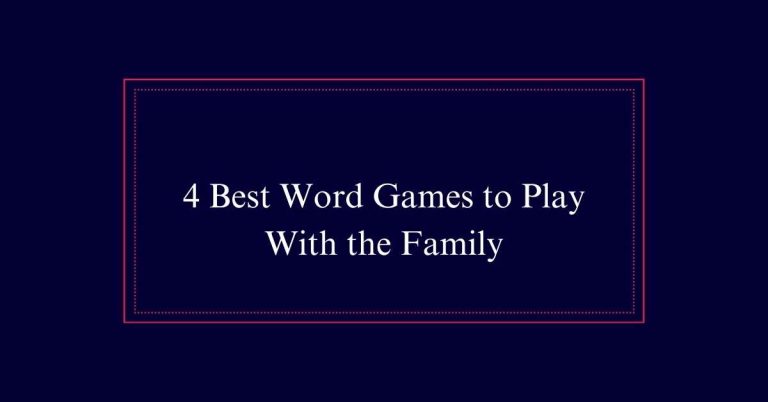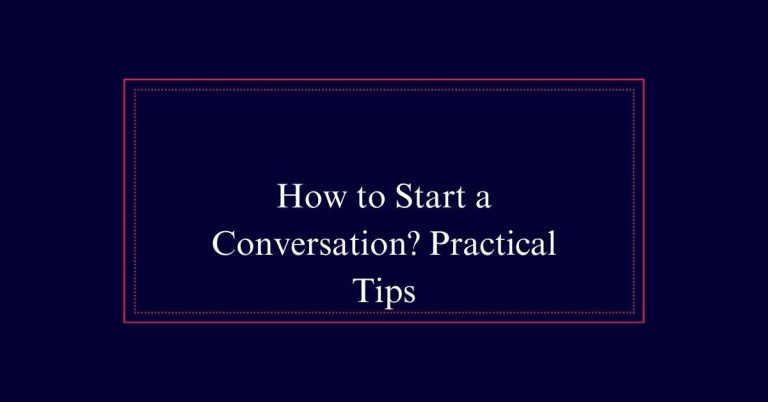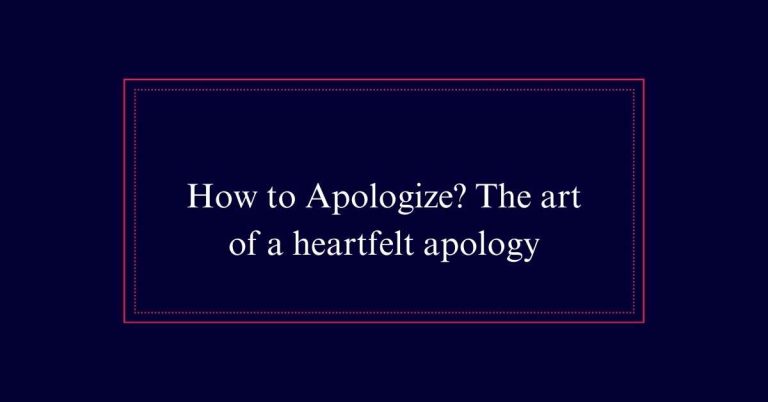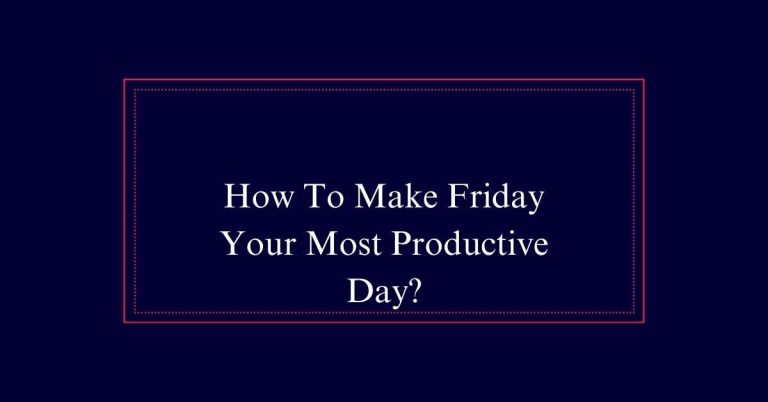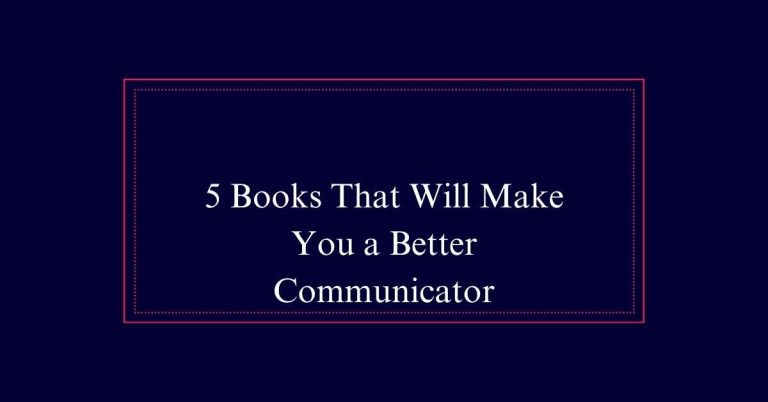8 Email Tips for Introverts
Mastering email as an introvert is totally doable with a few key tips. Be thorough by including all necessary details in one message. Keep it brief with bullet points and short summaries. Show your personality with light humor and a friendly tone. Manage recipients by avoiding “reply all” and only using CC when necessary. Respond quickly to build trust and maintain organization. Know when to reply and when it’s okay to let it wait. Sometimes it’s best to use alternatives like messaging apps. Close simply with clear action points.
Be Thorough
Being thorough in your emails can save you a lot of back-and-forth communication. Make sure you include all the necessary details in one message. This way, you won’t leave room for confusion. Provide clear instructions so the recipient knows exactly what to do next.
If you think there might be questions, answer them ahead of time. Attach examples if they help clarify your points. Encourage responses via email to keep everything organized.
Keep It Brief
While being thorough is important, you also need to keep your emails brief and to the point. Long emails can overwhelm the reader and obscure your main message. Use bullet points or short summaries to highlight key details. Keep sentences short and clear. This makes your email easier to read and understand.
Avoid adding unnecessary information. Stick to what’s relevant. If there are useful links, include them, but don’t overload the email. Your reader’s time is valuable.
Show Your Personality
Don’t be afraid to show your personality in your emails. Letting your true self come through can make your messages more engaging and relatable. Use a friendly tone and don’t shy away from adding a touch of humor or a well-placed emoji if it suits the context.
Here are four tips to help you:
Use Casual Language:
Speak like you’d in a conversation, but stay professional.
Share Small Personal Updates:
Briefly mention something interesting you did or learned.
Express Genuine Appreciation:
Thank your recipients sincerely.
Inject Humor:
Light jokes or playful comments can make your emails enjoyable.
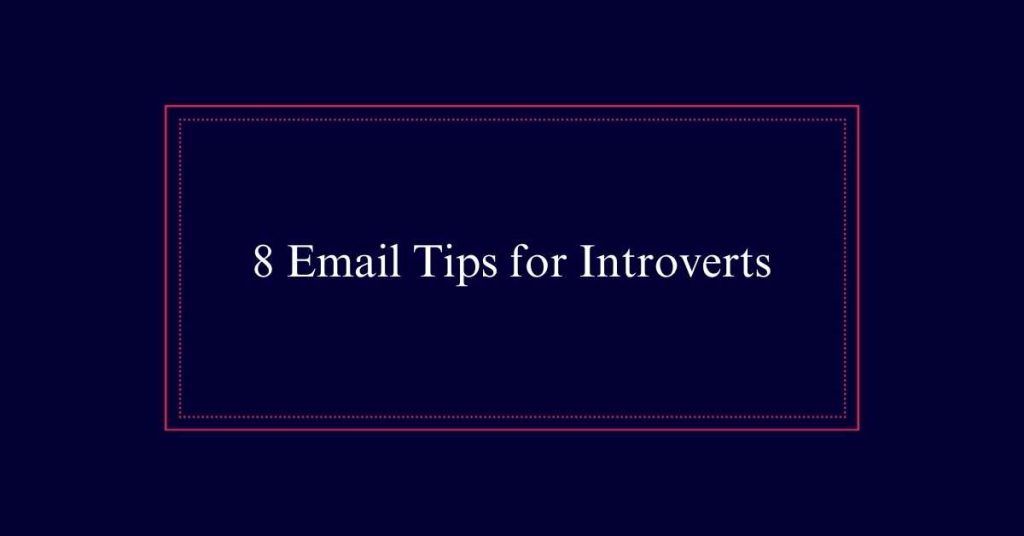
Manage Recipients
Managing your email recipients wisely can streamline communication and reduce unnecessary clutter. Limit the use of CC and BCC. Only include essential recipients. This avoids overwhelming others with irrelevant emails.
Personalize emails when possible. It makes your message more engaging. Avoid using ‘reply all’ unless absolutely necessary. This prevents unnecessary threads.
Learn to CC wisely. Only involve people who need to be in the loop. This keeps your communication focused.
By practicing crowd control, you guarantee your emails are efficient and effective. This not only respects others’ time but also helps you stay organized.
Managing recipients well can make email communication a breeze, especially for introverts who prefer clear, concise interactions.
Respond Quickly
Responding quickly to emails can greatly enhance your communication efficiency. When you reply swiftly, you show that you’re attentive and reliable. This can build trust with colleagues and clients.
Here are four tips to help you respond quickly:
- Set specific times to check emails: This prevents constant distractions and helps you stay focused.
- Use templates for common responses: Save time by having pre-written replies for frequent queries.
- Prioritize urgent emails: Address the most critical messages first to prevent delays.
- Keep your responses short and clear: Concise replies can be quicker to write and easier for recipients to understand.
Know When to Reply
After mastering the art of responding quickly, it’s equally important to know when to reply. Not every email needs a response. If an email is purely informational, you can skip replying.
For non-urgent emails, consider setting them aside for a later time. Prioritize direct questions and invitations that require immediate answers.
Use your judgment to decide if a response adds value to the conversation. If you’re unsure, ask yourself if your reply will clarify, confirm, or contribute. Avoid replying just to acknowledge receipt unless necessary. This helps keep your inbox manageable and saves both your time and the sender’s.
Knowing when to reply efficiently will make you a more effective communicator.
Use Alternatives
When email isn’t the best option, consider picking up the phone or using instant messaging for quicker communication. Sometimes, a short call or chat can resolve issues faster and avoid misunderstandings. Here are some alternatives you can use:
- Instant Messaging: Great for quick questions and immediate responses.
- Phone Calls: Ideal for detailed discussions or sensitive topics.
- Video Calls: Useful for face-to-face interaction without being in the same room.
- Project Management Tools: Platforms like Slack or Trello keep everyone on the same page.
Using these alternatives can save you time and make communication more effective. You don’t always have to rely on email when other methods might work better. Choose the right tool for the situation.
Close Simply
End your emails with a straightforward closing to leave a clear and professional impression. Use simple phrases like ‘Best,’ ‘Regards,’ or ‘Thank you.’ These are direct and convey professionalism. Avoid lengthy or extravagant closings that can seem insincere or overly formal.
Include your name and, if necessary, your job title. Skip adding extra contact information unless it’s essential. Keeping it simple reduces clutter and makes your emails more readable.
Frequently Asked Questions
How Can I Politely Decline a Meeting Invitation via Email?
Thank them for the invite. Explain you’re unable to attend due to prior commitments. Offer an alternative time or suggest a brief call instead. Keep it concise and polite to make certain your message is clear.
What Are Best Practices for Requesting Feedback in an Email?
When requesting feedback in an email, keep it brief. Clearly state your request and purpose. Use bullet points for clarity. Ask specific questions and set a deadline. Thank them in advance for their time and input.
How Should I Follow up on an Email if I Don’t Get a Response?
If you don’t get a response, wait a few days. Then, send a polite follow-up email. Mention your previous message and kindly ask for an update. Keep it brief and to the point.
What Is the Best Way to Introduce Myself in a Professional Email?
Start with a polite greeting. State your name and role. Mention your purpose clearly. Keep it short and direct. Use bullet points if needed. Close with a thank you and your contact information.
How Do I Structure an Email for a Job Application?
Start with a clear subject line. Greet respectfully. Introduce yourself briefly. Mention the job you’re applying for. Highlight relevant skills and experiences. Attach your resume. Thank them for their time. End with a professional closing.


